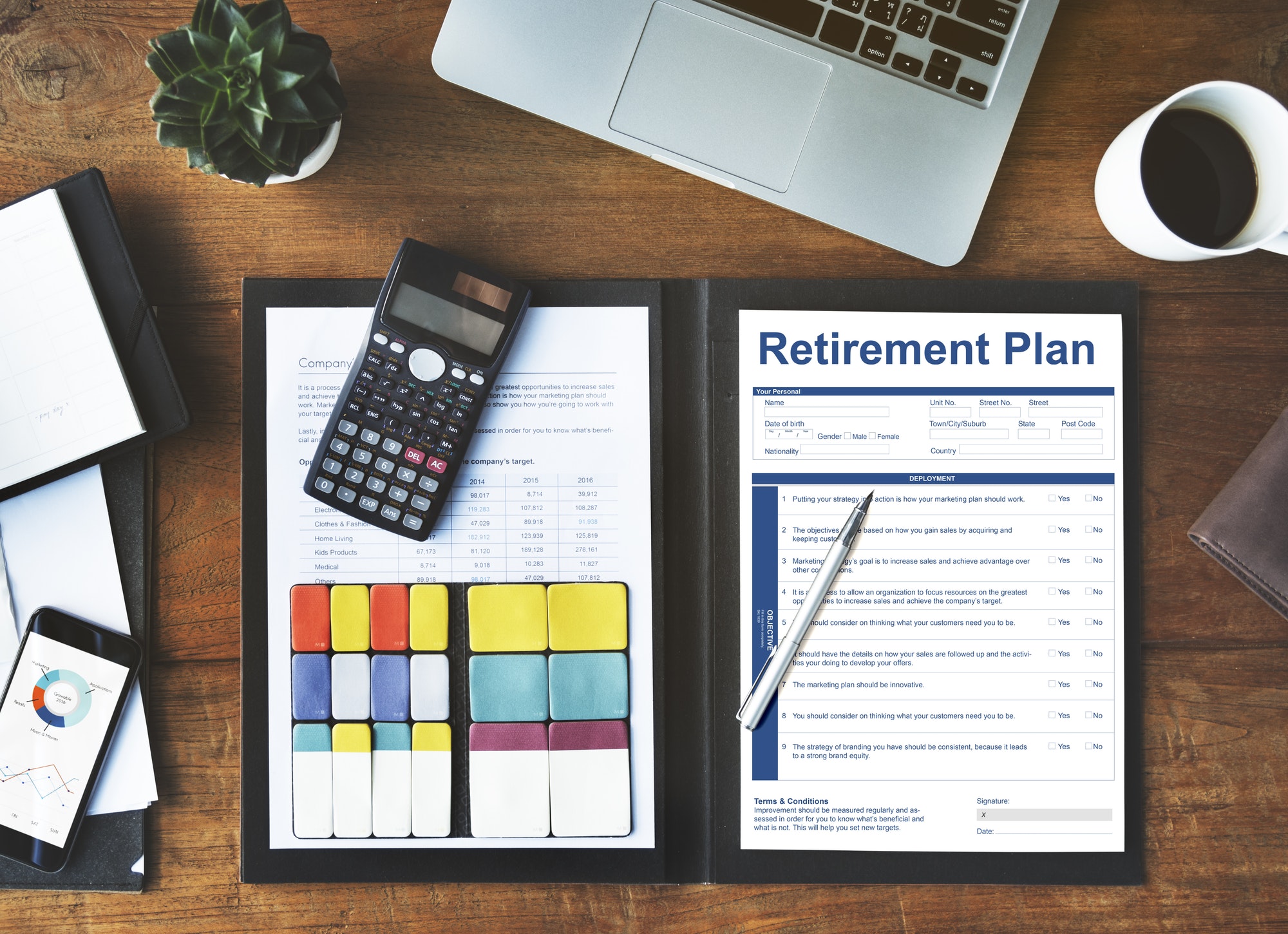Smart financial planning can be the difference between the retirement of your dreams and just dreaming about retirement.
Of all the goals you set for yourself, being able to afford a satisfying retirement is one of the biggest and the most important. Everyone says you’ve got to start preparing by investing, but you’ve probably got questions: When to start? How much to put away? What to buy?
The good news is, there are answers. You can invest for retirement in two ways: through tax-deferred or tax-free plans and through regular taxable accounts. Ideally, you do both, since each approach can contribute in its own way to providing retirement income. And the sooner you start, the better the odds that you’ll accumulate the nest egg you need.
Retirement savings plans that provide tax advantages—whether they let you postpone tax on what you earn or avoid tax entirely on those earnings—are available in several different forms. Some, such as 401(k), 403(b), and 457 plans, are employer sponsored. That means, to contribute, you have to work for an employer who offers a plan. With other plans, such as individual retirement accounts (IRAs), you must earn income or be married to someone who does. Still others, including fixed and variable annuities, let you invest money from any source.
When you invest in taxable accounts—through banks, brokerage firms, mutual fund companies, and other financial institutions—you pay tax on your dividend and interest income every year. But if you ultimately sell your investments for more than you paid, which is one of the goals of investing in the first place, you pay tax on any increase in value at the lower capital gains rate.
SHRINKING SOCIAL SECURITY?
No matter what political party is in office, or what their plans are for Social Security, there’s almost always talk about what the state of the program will be when today’s 20- and 30-year-olds reach retirement age. And since there will be more people collecting benefits than there are people putting money into the system, there’s bound to be a change at some point in the future.
Right now Social Security pays for between a third and a half of the average retired worker’s monthly income, and somewhat less for those who earned more during their working lives than the income level at which no more FICA tax is withheld. While it’s unlikely that the system will totally disappear, that level of support might shrink, especially for wealthier people. Or the annual cost-of-living increases that the system provides may become smaller across the board. Or the age at which you qualify for full benefits may increase. The only sure thing about the future of Social Security is that there is no sure thing. That’s why you can’t rely on it too much. And it’s why you should make sure you’re taking all the steps you can to be sure you’ll have a source of retirement income.
THREE: THE MAGIC NUMBER?
Traditionally, financial writers have described the income that you live on during retirement as a three-legged stool: Social Security, your employer-sponsored retirement plans, and investments you’ve made on your own. If one of these is reduced or disappears, the other two will have to somehow carry the weight.
While this might seem like a shaky situation, it doesn’t have to be if you plan and invest intelligently. After all, while the money you get from Social Security and your retirement plan are both largely linked to how much you make in your working years, there’s no set limit to what you can invest, and no restriction on how you invest it. This freedom to move—and grow—makes investing in an area where you can make up for the ground you might lose elsewhere.
SIDE BY SIDE
If you have the opportunity to put money into a tax-deferred retirement savings plan like a 401(k), you can’t afford to pass it up. The potential for tax-deferred growth and the chance for matching contributions in employer-sponsored plans can do wonders for your nest egg. But these plans aren’t the only game in town. Investing on your own can be a great move too.
While it’s wise to put as much into a tax-deferred plan as you can—especially when you’re focusing on retirement—investing on your own allows you to put more money into different investments. Those investments have the potential to provide a strong return. But, as with all investments, you can lose money.




